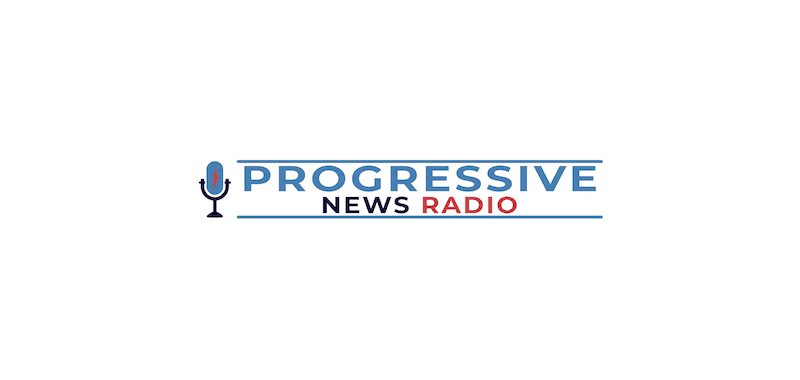In December 2019, I reached out to the grief counselors at the hospice organization that cared for my mother as she passed. It had been almost a year since her death, and I was running out of time to seek help. I had spent so much energy ensuring my daughters were OK, believing, as I was taught in medical school, that grief just passes. Back then, I learned grief lasted about two months—but thankfully, we now acknowledge that it can last much longer. The truth is, it depends on who you are, your circumstances, and how you process. Grief is different for everyone.
In my first session with the counselor, I told her I felt like I was standing on a ledge. When she asked me what I meant, I explained—I felt like I was either going to fall off into the unknown or fall back and be OK.
At that time, my work situation wasn’t helping. Part of it was the environment I was in, and part of it was that I wasn’t taking care of myself. I was doing some things right, though:
- I sought out a therapist, recognizing I needed one.
- I tried to express my frustrations with health care in an article on KevinMD, which had both positive and negative feedback. (Even now, reading the comments brings those emotions flooding back.)
- I started an exercise and diet regimen to beat genetics, hoping to avoid the diabetes and hypertension that contributed to my parents’ poor health.
- I tried—and failed—to incorporate meditation into my routine.
Then COVID happened. Although I was trying, I hadn’t done enough to pull myself from the ledge. My cup simply wasn’t full enough to handle yet another challenge. Initially, I thought I had enough reserves to manage the pandemic for the two months we expected. But it didn’t stop. I went into survival mode, relying on my stress response to push through. That stress response had gotten me through a lot—residency, my parents’ health crises, supporting my husband through the loss of his father while we had young children. At work, I took charge and held everything in because I didn’t feel like I could share the burden.
But I never filled my cup. I kept walking that ledge, not realizing I had lost the tools to step back. Finally, it hit me: I was working as hard as I could and being the best mother I could. But no one outside of my family was going to make me stop and refill my cup—I had to do it myself. Work would take everything I gave if I didn’t set boundaries. I saw others raising the flag, saying they felt burned out and that the system was broken. They were right. Pushing through wasn’t always the solution. It took me too long to understand that, and even when I did, the recommendations I received didn’t resonate with me.
The common advice for burnout recovery didn’t fit. Meditation didn’t work—my brain runs too fast, and my kids would interrupt. Sleeping more is great advice, but it’s hard to do when your children have nightmares, and you’re on 24-hour calls. Taking vacations helped, but that wasn’t possible during the pandemic. I hesitated to use vacation or sick days because they were pooled together, and I was scared of running out if one of us got sick.
Eventually, things began to change. I realized I wasn’t just grieving—I was burned out. All the stress I’d attributed to life was more than that, and I wasn’t alone. It wasn’t just me, and I could take action.
Here’s what I learned:
1. Recognize the signs. I learned to pay attention to my body—tension in my shoulders, changes in my stomach, or sleep patterns were warning signs that I was approaching the ledge again.
2. Rest and recovery matter. It wasn’t just about vacations but about true rest. I had to change my leadership style, delegating more to truly disconnect when I needed to.
3. Emotional recharge. I made time for activities that filled me up—reading, crafting, spending time with loved ones. These hobbies brought me joy and filled my cup in ways I had neglected.
4. Saying no. I learned to say “no” or “not yet” to protect my energy. I learned that boundaries aren’t just about saying no but about prioritizing yourself.
5. Mindfulness over meditation. While meditation wasn’t for me, I embraced mindfulness and intentionality. I started taking 30 seconds of deep breaths before entering stressful situations. That small act allowed me to focus, connect better with my patients, and even work more efficiently.
Living on the ledge is common in health care, but it’s not necessary. Even if you thrive in high-stress situations, constantly living on the edge means you’re one strong gust away from falling. We all benefit from refilling our cups, though how we do it may differ. I encourage you to discover what works for you. Take the time to refill your cup and pull yourself back from the ledge.
Santina Wheat is a family physician.


